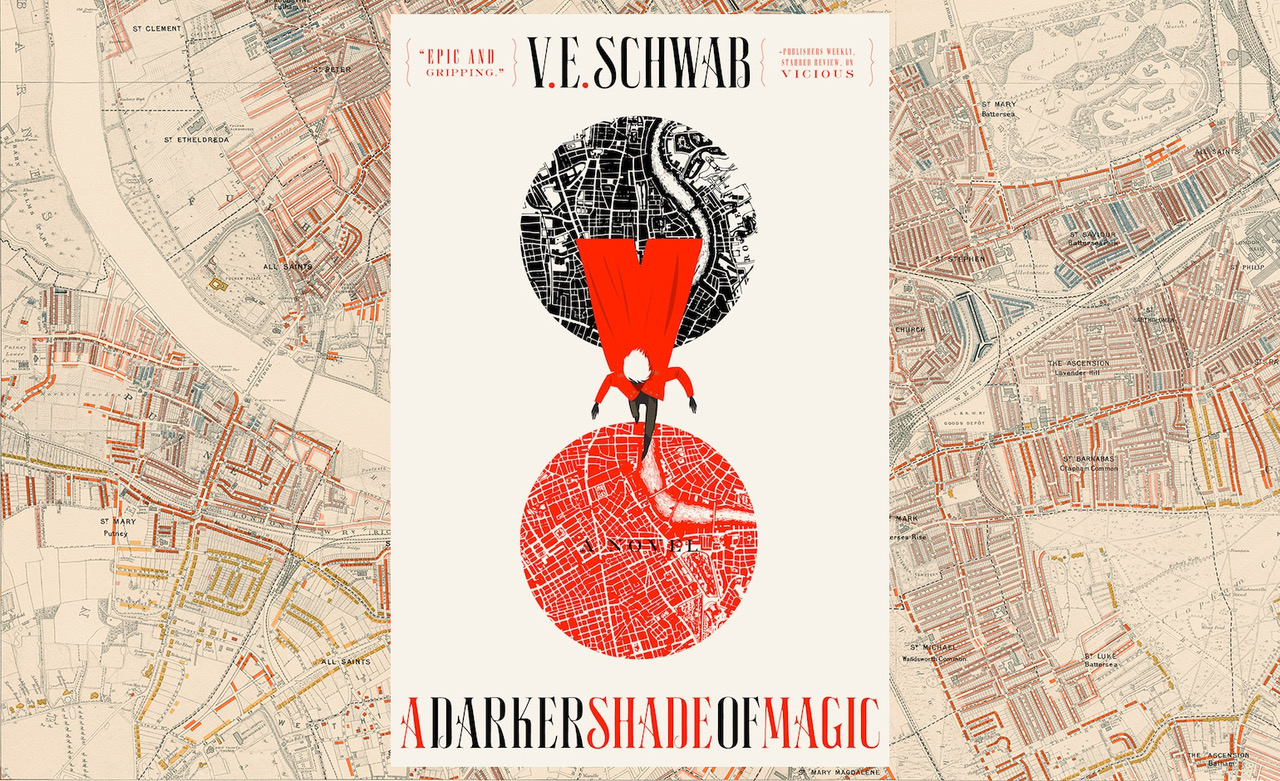
The House on Mango Street and the Incomparable Relatability of Autobiographies
“I could have been someone, you know? My mother says and sighs. She has lived in this city her whole life. She can speak two languages. She can sing an opera. She knows how to fix a T.V. But she doesn’t know which subway train to take downtown. I hold her hand very tight while we wait for the right train to arrive.” – Sandra Cisneros, The House on Mango Street
I am someone who has been an avid reader for most of my life. Most of this love has sprung from my interest in the particular plot of the novel at hand. For most of my childhood, I spent my time reading and adoring mystery, young adult and fantasy novels. However, there was a vast period in my life where I temporarily fell out of my interest in reading. Between the ages of 13 to 16, I no longer had that same passion I once had.
I lost interest in most young adult books, fantasy, and mystery novels. They all seemed to be monotonous and formulaic to me, with the same structure, story arcs, and conventional characters remaining consistent throughout those genres.
It wasn’t until I came across Sandra Cisneros’ 1984 semi-autobiographical novel The House on Mango Street that I became aware of the kind of novel that I had been searching for during this period of my life.
The novel follows Esperanza Cordero, a young Latina girl growing up in a Chicago neighbourhood. The story is told through descriptive vignettes in the third person, limited point of view of Esperanza. She tells joyful, pensive, and melancholic stories of either a particular moment in her life or a description of something or someone who is residing within her neighbourhood.
The novel strays away from a conventional plot and does not follow a linear narrative, many of the stories are insignificant in the grand scheme of the novel and hardly any of the events or people referenced in the novel are ever referred to again.
What truly separates The House on Mango Street from many of the other books I had delved into at that point in my life was its unique characters, Cisneros’ keen attention to detail, and the relatable and beautiful way that the mundanity of everyday life was portrayed. Esperanza is surrounded by distinct and off-beat characters throughout the duration of the novel: Darius, the boy who is “sometimes stupid and mostly a fool,” who speaks about the safety the sky provides; Lucy and Rachel, the two girls from Texas with “the crooked and old clothes, with shiny Sunday shoes without socks;” Marin who is under the streetlight, dancing by herself, singing a song somewhere; and the old woman who had so many children she didn’t know what to do.
The details that Esperanza speaks of—or that Cicneros recalls—are rather insignificant in the grand scheme of the novel, but, the way her characters are formulated, ring true to many of the people that we have likely encountered throughout our lives, and if not, they will likely invoke the same feeling that many people we know and love do.
The kind of realism that The House on Mango Street and other autobiographies provide is one that cannot be replicated to such a significant extent by fiction.
By pulling from her own life, Cisneros incorporates insignificant, but meaningful parts of her characters into the text which add to the vivid environment of the world she has created, or rather is portraying to the reader. When Cisneros writes about who the reader can assume is her father, and his “thick hands and thick shoes, who wakes up tired in the dark, who combs his hair with water, drinks his coffee and is gone before [she wakes],” Cisneros invokes a feeling close to nostalgia for the reader. We do not know her father, but her attention to detail allows us to think of our loved ones; as her descriptions become more specific and niche to her personal life, the more universal her stories seem to be. Cisneros’ diction and descriptive language showcases the beauty in everyday life in a way that cannot be explained but only felt. This calls on her readers to become aware of the beauty in their everyday surroundings.
After finishing this novel, I gained a new appreciation for the simple aspects of day-to-day life, and the seemingly insignificant people I met along the way. The House on Mango Street led me and continues to lead me, to search for other forms of literature which challenge conventional storytelling and break free from the constraints of a linear narrative.



